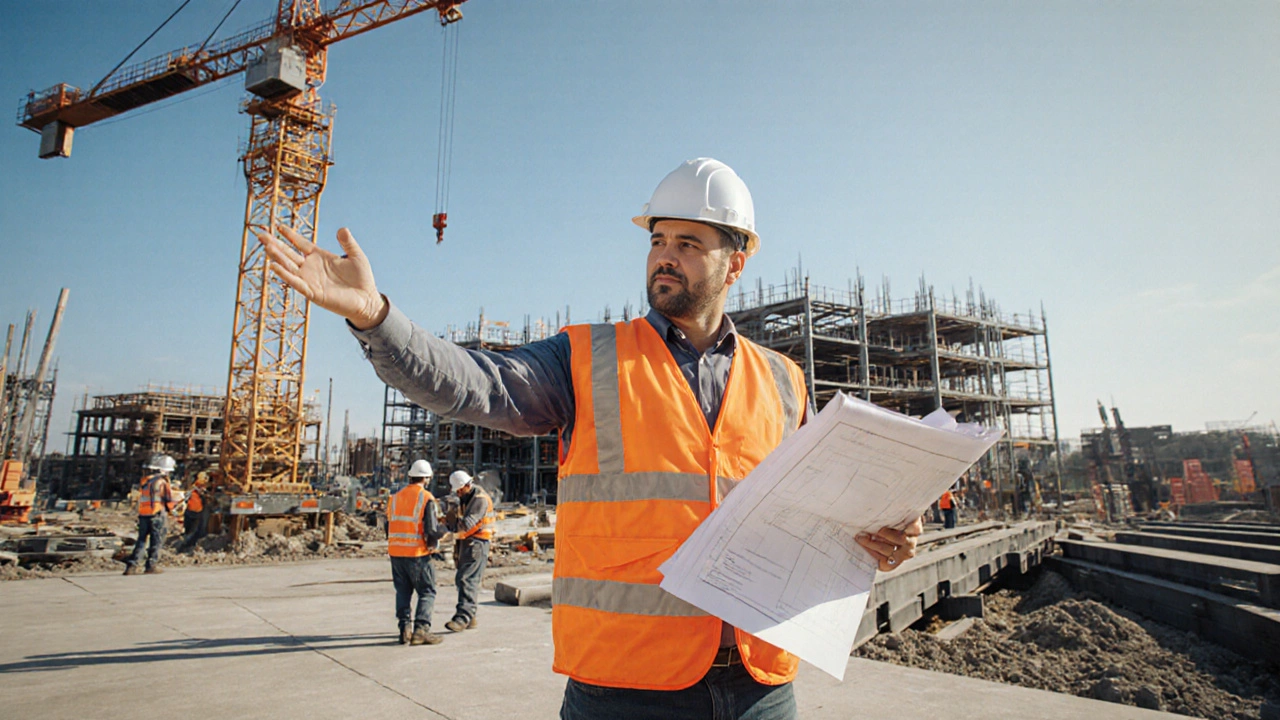Construction Project Management
When handling construction project management, the process of planning, coordinating, and delivering building projects on time, within budget, and to required quality standards. Also known as project control, it links design, labor, and material flow to achieve client goals, you quickly see that it covers every phase from concept to handover. A solid start begins with renovation planning, defining scope, sequencing tasks, and allocating resources for upgrades and remodels. From there, risk management, identifying, assessing, and mitigating hazards such as site safety, weather delays, or supply shortages becomes essential because unmanaged risks can derail budgets and timelines. Finally, budget control, tracking costs, forecasting cash flow, and adjusting spend to stay within financial limits and timeline scheduling, creating realistic Gantt charts, critical path analyses, and milestone reviews keep the project moving forward.
Key Components That Keep Projects on Track
Construction project management encompasses renovation planning, which means breaking down work into logical phases—demolition, structural work, finishes, and commissioning. Each phase generates its own set of tasks, and linking them through a clear schedule prevents bottlenecks. Risk management requires tools like hazard registers and contingency budgets; without them, unexpected issues like mold in a new build or a cracked foundation can explode costs. Budget control influences decision‑making: when a material price spikes, a savvy manager can pivot to an alternative without sacrificing quality. Timeline scheduling enables accurate client communication; when a homeowner knows the exact handover date, confidence rises, and change orders drop.
Putting these pieces together creates a feedback loop: renovation planning sets the baseline, risk management adjusts the plan when hazards appear, budget control monitors the financial health of those adjustments, and timeline scheduling reflects the updated reality. The result is a cohesive system where every stakeholder—from architects and contractors to suppliers and owners—understands their role and timing. Below you’ll find articles that dive deep into each of these areas, offering tools, case studies, and step‑by‑step advice you can apply to your next build or remodel.
General Contractor Duties Explained - What They Do in Construction
- Gavin Whitaker
- |
- |
- 0
Learn what a general contractor actually does in construction, from managing subcontractors and budgets to handling permits and keeping projects on schedule.
View more